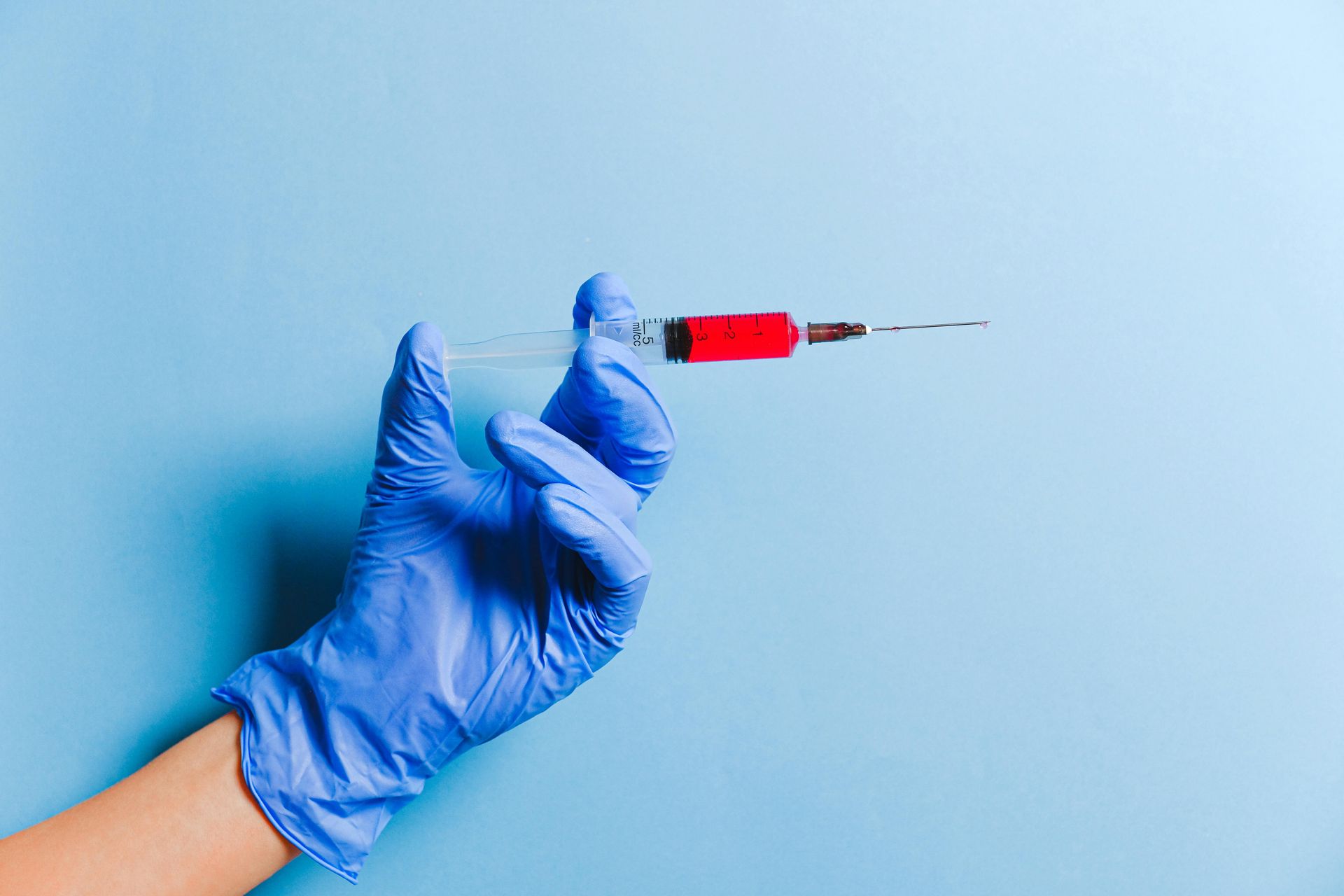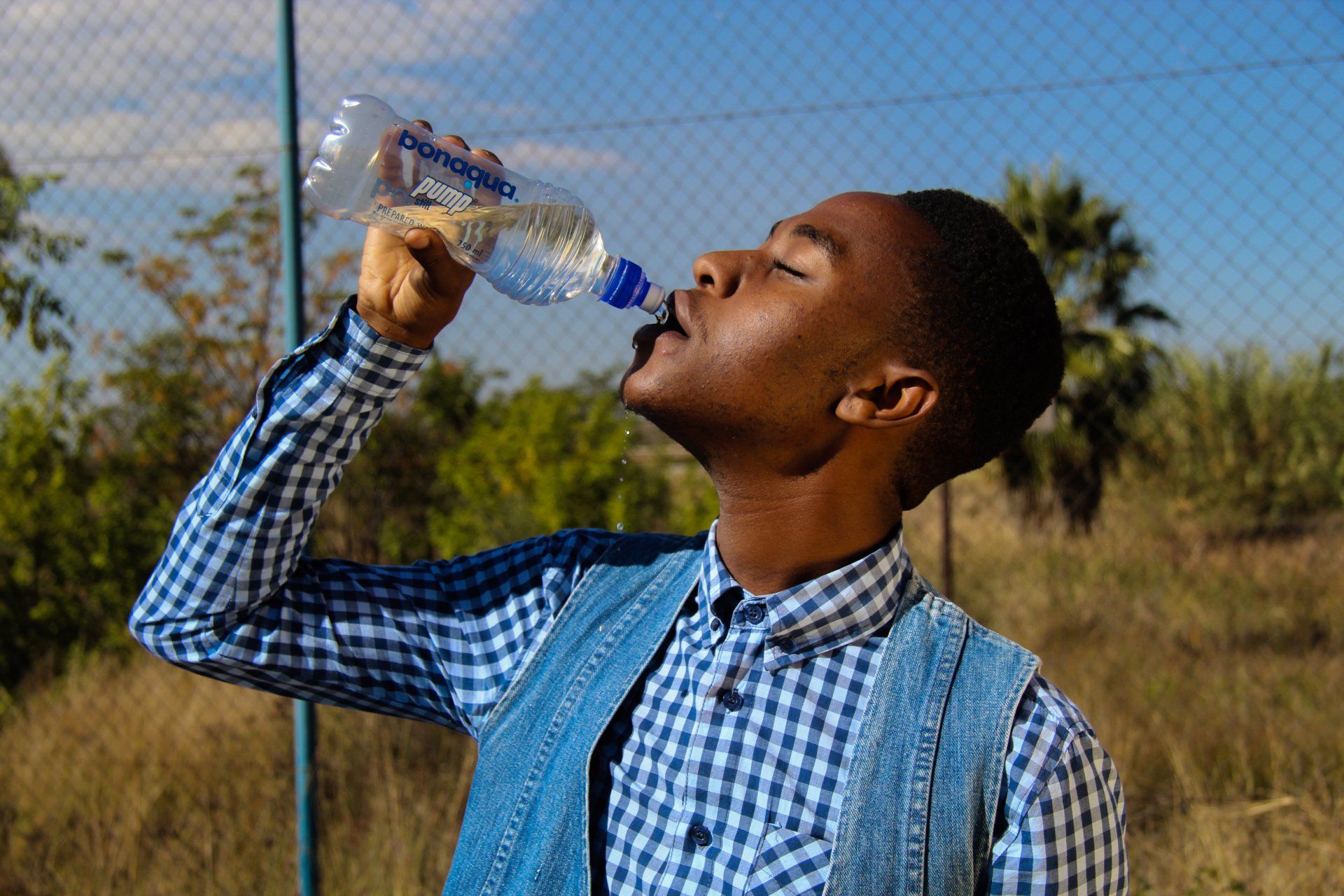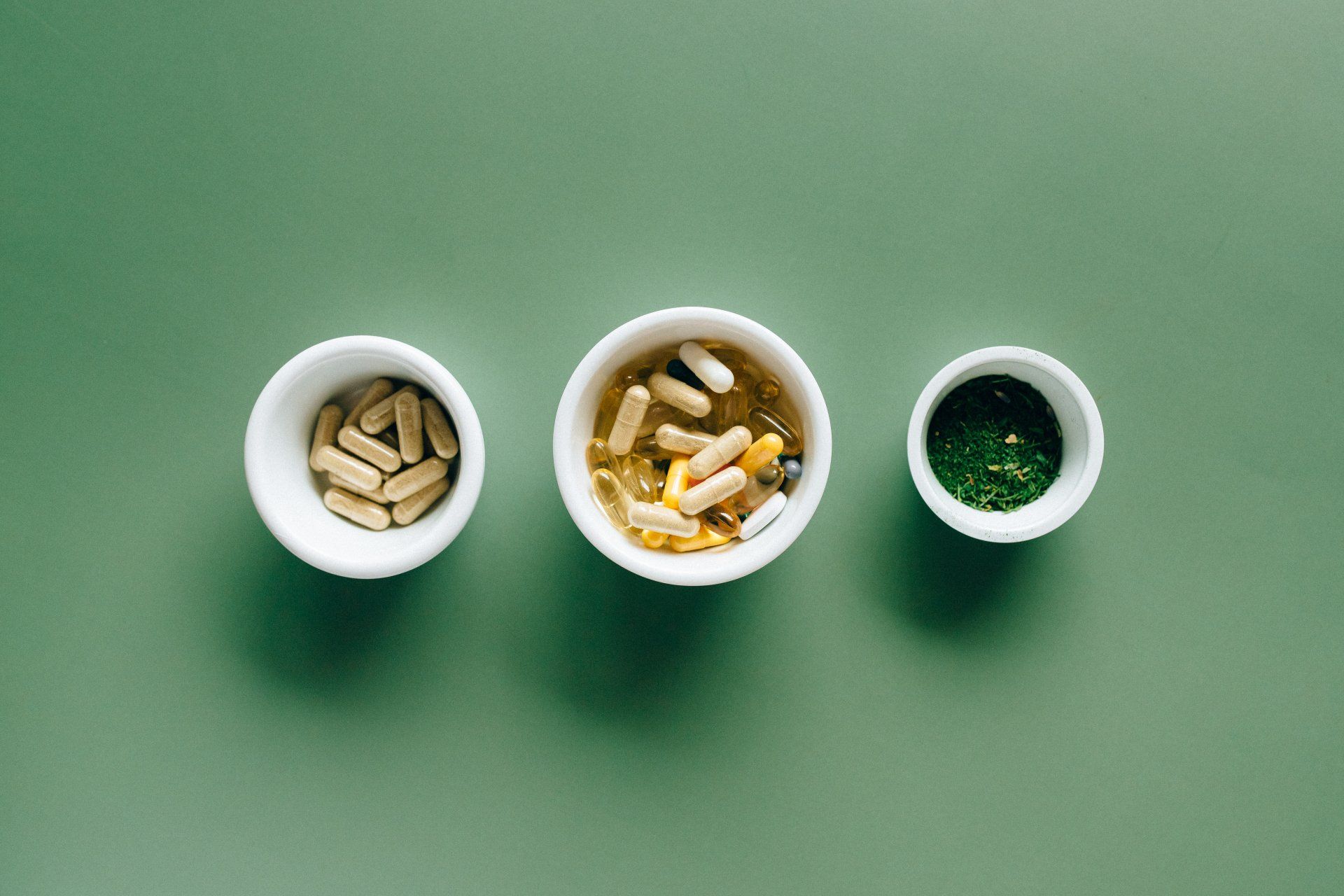
What is a heart attack?
Heart Attack vs. Cardiac Arrest: What you need to know about them, part 1

As a nurse on a cardiac floor, I have frequently been asked (or had to explain) the difference between a heart attack and a cardiac arrest. People often assume they are the same thing.
A heart attack can lead to a cardiac arrest, but they are not the same thing.
This post will deal with heart attacks.
What is a heart attack?
Are you at risk for a heart attack?
What are the symptoms of a heart attack?
What can you do to prevent a heart attack?
A heart attack occurs when one of the blood vessels (coronary arteries) supplying blood to your heart muscle is blocked, oxygen can no longer reach the area, and the heart muscle begins to die; but the heart has not stopped beating. A heart attack can lead to a cardiac arrest, when the heart stops beating entirely.
Both of these conditions are life-threatening emergencies. Call 9-1-1 immediately if you are someone around you is having symptoms of a heart attack. Do not attempt to drive to the hospital yourself; it is always better to call for an ambulance.
What causes a heart attack?
Most heart attacks are caused by coronary artery disease (CAD), a condition that causes fatty plaque build-up in the arteries. CAD is also called atherosclerosis or "hardening of the arteries." When this plaque leads to a blockage in the artery, a heart attack may result.
Rarely, a heart attack can happen when one of the coronary arteries is blocked by a spasm.
Risk Factors for a heart attack
Some risk factors for a heart attack can be controlled. These include:
- High blood pressure
- High cholesterol
- Obesity
- Lack of exercise
- Smoking
- Drinking too much alcohol
- Diabetes
Other factors cannot be controlled. These include:
- Age
- Family history
- Male gender
Symptoms of a heart attack
Symptoms of a heart attack can include:
- Chest pain
- Heartburn or indigestion
- Pain in your chest that radiates to your jaw or arm
- Dizziness or lightheadedness
- A "cold sweat"
- Nausea
- Shortness of breath
- Irregular heart rate or palpitations
- Weakness
How can I prevent a heart attack?
As mentioned above, not all risk factors for a heart attack can be controlled, but a heart-healthy diet and exercise can help prevent or postpone heart attacks for most people.
Here are some practical ways to lower your risk of having a heart attack:
- Eat a heart-healthy diet.
- Get in at least 150 minutes of moderate intensity exercise every week, 30 minutes most days is a good goal to shoot for.
- Stop smoking.
- Avoid alcohol.
- Lose excess weight by modifying your diet and exercise routine.
- Take all your heart and blood pressure medications as prescribed by your doctor.
- Control your diabetes by diet modification, exercise, and taking your medications as prescribed.
What should I take away from this article?
A heart attack is a life-threatening emergency. Call9-1-1 if you are someone near you is experiencing symptoms of a heart attack.
Learning the risk factors and symptoms of a heart attack can help you react quickly if you ever encounter someone having a heart attack.
Eating a healthy diet and exercising most days a week will go a long way in the prevention of a heart attack.
Making lifestyle changes today can lead to a much better life in the future.
The post next will continue to discuss heart attacks:
How is a heart attack diagnosed?
How is a heart attack treated?
What complications can result from a heart attack?
Then we will dig into cardiac arrests in some detail.
Sources:
Cardiac Arrest - What Is Cardiac Arrest? | NHLBI, NIH
Eat Your Way to a Healthy Heart | LinkedIn
Heart Attack - What Is a Heart Attack? | NHLBI, NIH
Understanding Heart Attack (webmd.com)
Understand Your Risks to Prevent a Heart Attack | American Heart Association
Warning Signs of a Heart Attack | American Heart Association
Questions, comments, or suggestions?
Contact me here or on LinkedIn.
Do you need a medical writer for your online publication or blog?
Send me an email or contact me on my website.
Thank you for taking the time to read my blog!










